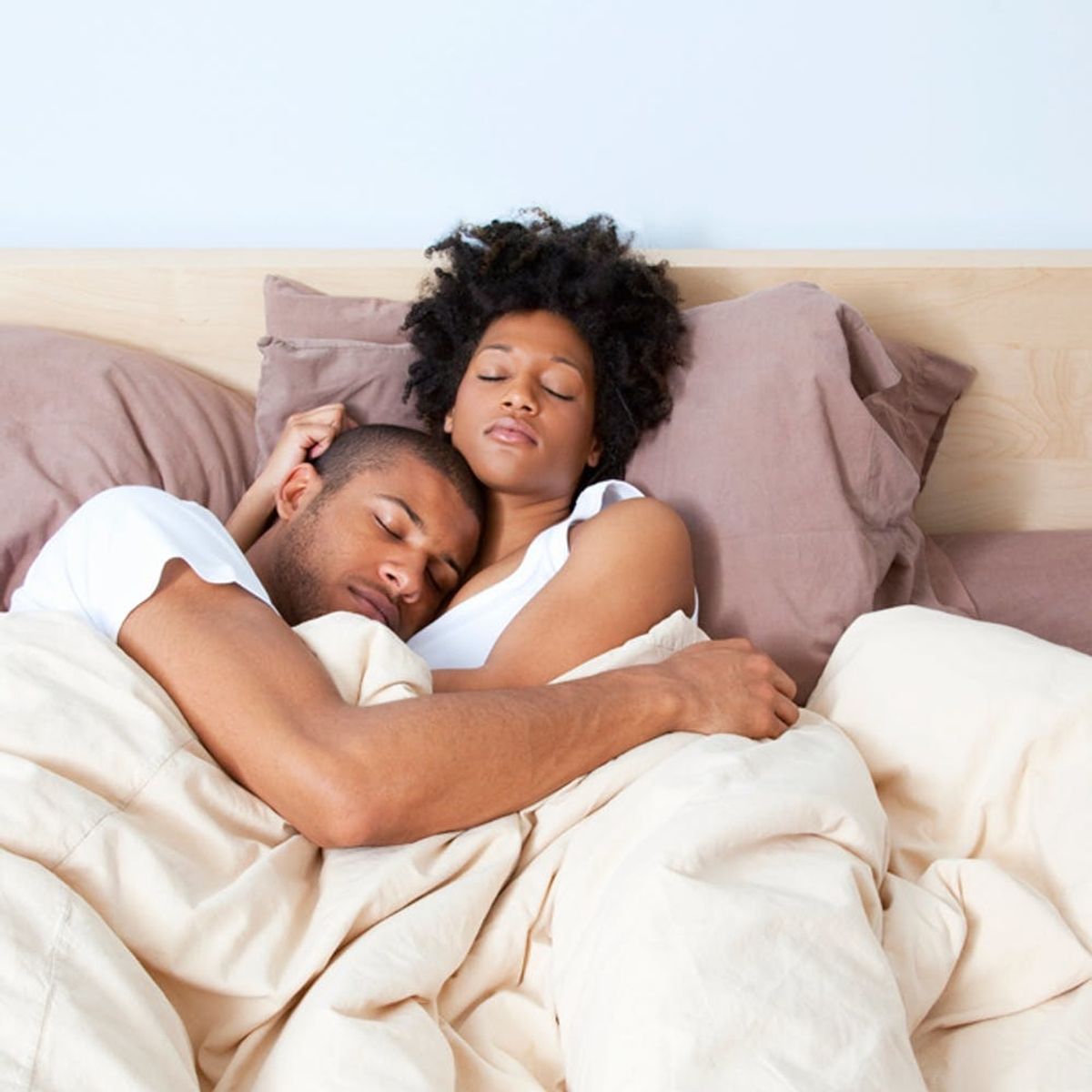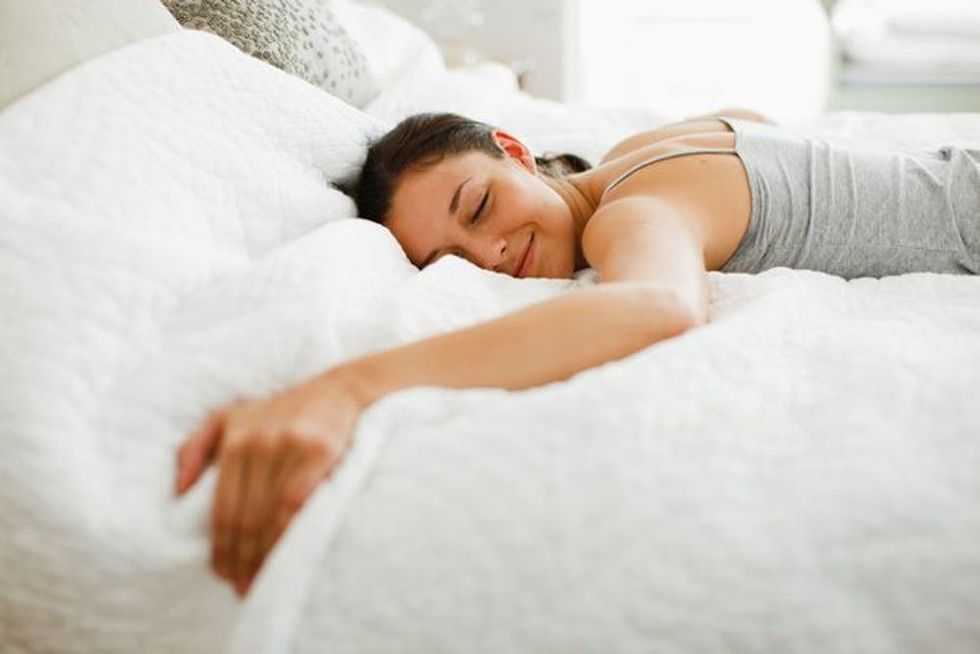A year in sleep stats.
Women Sleep More Than Men, Plus 5 Other Sleep Findings from 2016

We can all agree that 2016 was a big year. Ryan Gosling learned to play piano for La La Land, the Summer Olympics in Rio kept us glued to our TVs, and, of course, our country witnessed the roller-coaster ride that was the election of President Donald Trump. We can all agree that it’s been a lot to handle, and if you think you’ve lost some sleep over it all, you’re probably right.
The team at Eight, a company that creates smart sleep technology that can actually track your sleep patterns, was following our shut-eye throughout the year, and they recently published their findings. The results are based on data gathered from approximately 5,000 participants. Scroll on to learn more about six of their key insights… and then go take a nap.

1. Snoozing accounted for about 32 percent of our time in 2016. The average study participant slept for about seven and a half hours per night. Over the course of 12 months, this equals nearly 2,800 hours — or a little less than one-third of our year. That’s time well spent, if you ask us.
2. Women caught more zzz’s. Women who participated in the study slept about 24 minutes more each night than their male counterparts. Study results didn’t determine why this is the case. We’re just glad to see so many ladies out there getting the rest they need!
3. People are sufficiently restored by sleep. According to sleep experts, healthy people experience true deep, restorative sleep for 18-25 percent of the night. Restorative sleep accounted for 22.3 percent of the participants in Eight’s study. This type of sleep is important because it allows our bodies to repair and our minds to form memories.

4. Unusual events and holidays do affect our sleep time. If you’re convinced that your sleep schedule is significantly affected by major cultural events and holidays, you’re right! Daylight Savings really does make you more tired. Study participants slept an average of 35 minutes more when they changed their clocks. Turkey Day food comas are also real. On Thanksgiving, people slept 29 minutes longer than usual. And while sleep patterns weren’t affected on Election Day, there was a lot of lying awake and staring at the ceiling the night after. People slept about one hour less than usual on November 9.
5. Tossing and turning is real — and we do it more than we should. The study tracked how many times participants moved in bed over the course of the night, and only significant movements that lasted for more than five seconds were logged as official “tossing and turning” behaviors. A good night’s sleep usually includes no more than seven tosses or turns, but the average for people in the study was roughly 17 tosses and turns.
6. Overall, we’re pretty average sleepers. Based on a wide range of factors that help determine whether or not someone has healthy sleep habits, the team at Eight graded participants to help determine the overall quality of their rest. The average sleep score was a 73 percent. If we’re going by school standards, this equates to a C grade — totally acceptable, but nowhere near perfect quality… and with plenty of room for improvement.
How would you grade the quality of your sleep? Tweet us @BritandCo!
(Photos via Getty)



















